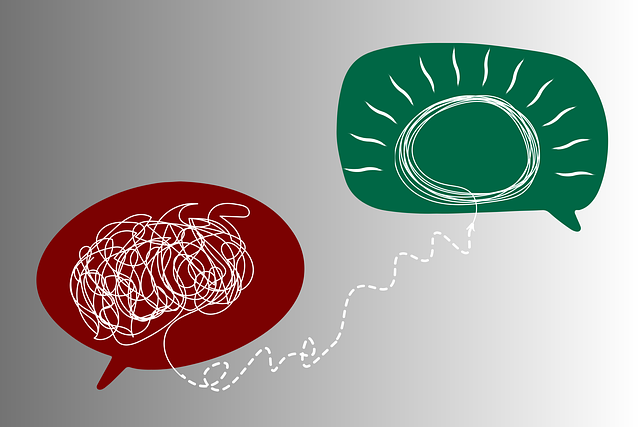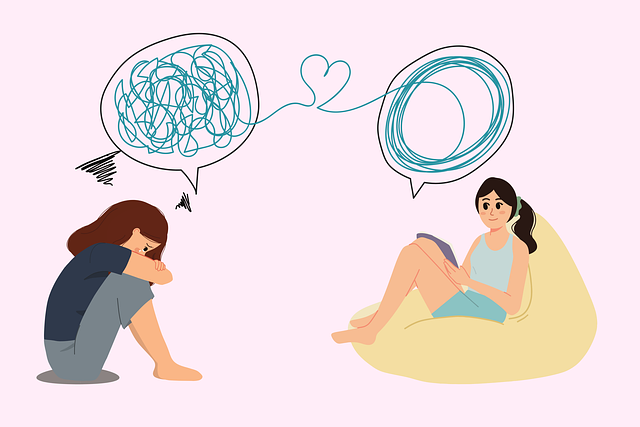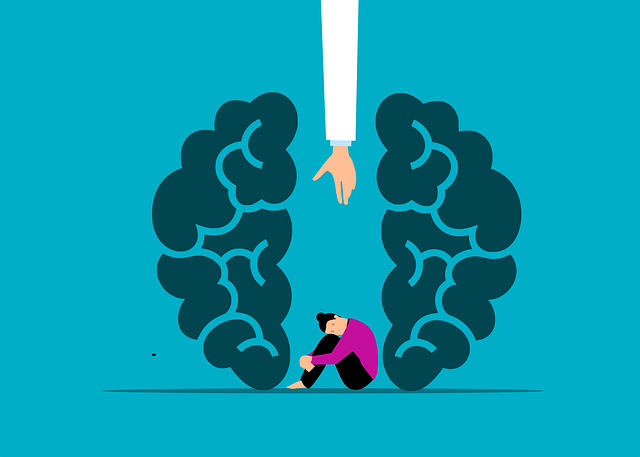Early stress recognition and intervention are crucial for children's mental health, and American Sign Language (ASL) provides a powerful non-verbal therapy tool. ASL offers a safe space for expression, especially beneficial for traumatized kids or those with verbal challenges, cultivating compassion and reducing anxiety associated with traditional talk therapy. Integrating ASL into therapy sessions enhances mental health awareness, promotes inclusivity, and fosters self-care practices, teaching children effective stress reduction techniques through engaging activities that support their emotional well-being.
Stress reduction is a vital aspect of child development, especially for young minds navigating a fast-paced world. This article explores innovative methods parents can employ to soothe their children’s stress, with a unique focus on American Sign Language (ASL) as a powerful tool for therapy. We delve into understanding stress from a parent’s perspective, and offer effective techniques tailored for kids. Discover how incorporating ASL into daily routines can create calmer, more resilient children.
- Understanding Stress in Young Children: A Parent's Perspective
- American Sign Language (ASL): A Unique Tool for Stress Therapy
- Effective Stress Reduction Techniques for Kids
- Incorporating ASL into Daily Routines for Calmer Children
Understanding Stress in Young Children: A Parent's Perspective

Stress is a universal experience, but its impact on young children can be profound. As parents, recognizing and addressing stress early is crucial for their mental health awareness and overall well-being. Youngsters often express stress through behavioral changes, such as increased irritability, tantrums, or withdrawal, which can be concerning for parents. Understanding these cues is the first step in providing effective support.
American Sign Language (ASL) can serve as a powerful tool in this process. ASL allows for open communication and fosters compassion cultivation practices by enabling parents to connect deeply with their children. Through non-verbal therapy, parents can create a safe space, ensuring their kids feel heard and understood. This approach is especially beneficial for those who have experienced trauma, as it provides an alternative means of expression and support outside of traditional verbal communication.
American Sign Language (ASL): A Unique Tool for Stress Therapy

American Sign Language (ASL) offers a unique and powerful tool in stress therapy, particularly for young children. Beyond its primary function as a means of communication for deaf communities, ASL has gained recognition in mental health circles for its therapeutic benefits. Therapy sessions using ASL can create a safe and calming environment, especially for children who may struggle with verbal expression or those from diverse cultural backgrounds. The non-verbal nature of ASL encourages a different kind of interaction, reducing the potential anxiety associated with traditional talk therapy. This approach is particularly beneficial during a child’s early developmental stages, where establishing a positive rapport with a therapist can be crucial.
For mental health professionals, integrating ASL into their practice involves a risk assessment and ongoing learning to ensure effective communication. It requires sensitivity and an understanding of cultural nuances. However, it also opens doors to a world of self-care routine development for both therapists and clients, fostering better mental health outcomes. Additionally, by using ASL, therapists can contribute to mental illness stigma reduction efforts, as it promotes inclusivity and challenges the assumption that therapy is only accessible through spoken language.
Effective Stress Reduction Techniques for Kids

Teaching young children effective stress reduction techniques can significantly contribute to their mental health awareness and overall well-being. One powerful tool that has gained traction in recent years is American Sign Language (ASL). Integrating ASL into therapy for young children offers a unique and engaging approach to mood management. By using visual gestures and sign language, kids can express their emotions more freely, leading to better stress management.
Incorporating ASL into traditional therapy sessions allows children to communicate their feelings in a non-verbal manner, which can be especially beneficial for those who struggle with verbal expression. This method encourages active participation and promotes a sense of independence in managing their emotional state. Through fun and interactive activities, children learn to recognize and identify stress triggers, develop coping strategies, and gain a deeper understanding of their mental health awareness, all while having a great time!
Incorporating ASL into Daily Routines for Calmer Children

Incorporating American Sign Language (ASL) into daily routines can be a powerful tool for promoting stress reduction and enhancing mental wellness in young children. Beyond its benefits as a communication method, ASL offers a unique approach to self-care practices that can help kids develop essential coping skills. Research shows that teaching children signs for emotions and simple calming techniques through ASL can foster a sense of control and reduce anxiety levels.
This simple yet effective strategy provides an alternative form of expression, allowing children to communicate their feelings more effectively. The process of learning and using ASL encourages mental wellness journaling exercise guidance, where kids can visually represent and discuss their experiences. By integrating ASL into play, conversations, and even bedtime routines, parents and caregivers can support the development of robust coping skills in young individuals, ensuring a calmer and more resilient mindset as they navigate life’s challenges.
Stress reduction is a vital aspect of fostering healthy development in young children. By understanding their unique perspectives and employing innovative tools like American Sign Language (ASL), parents can effectively navigate this crucial process. ASL, as a unique and powerful communication method, offers a creative approach to stress therapy for kids. Incorporating simple signs into daily routines not only enhances communication but also promotes calmer and more resilient little ones. These methods, when implemented consistently, have the potential to make a significant impact on the well-being of young minds, setting them up for success as they grow.














